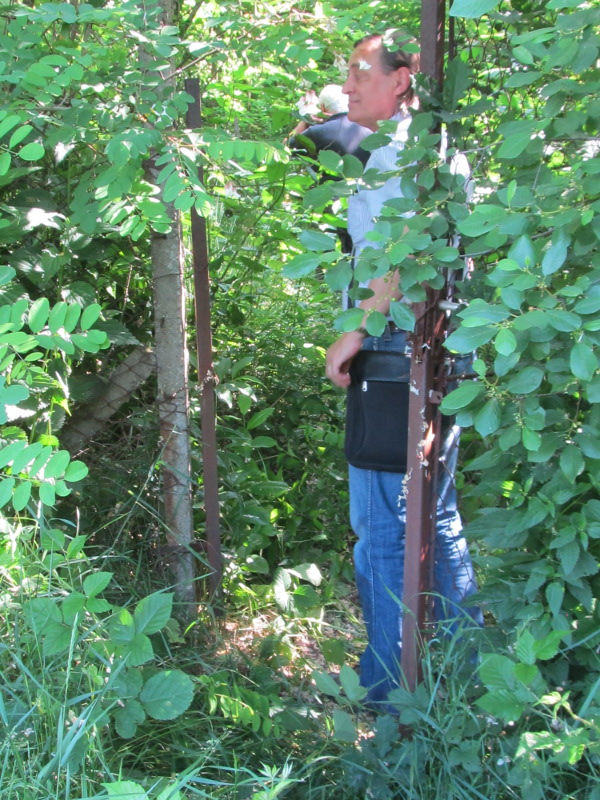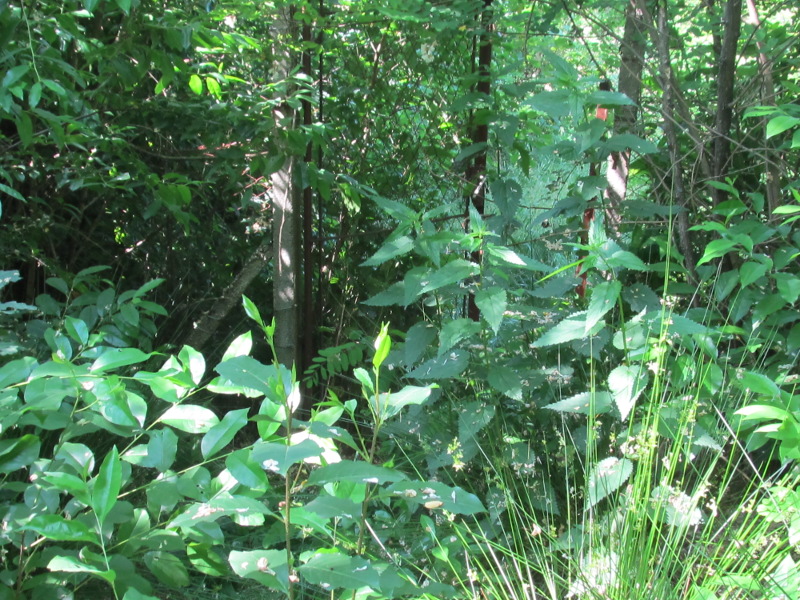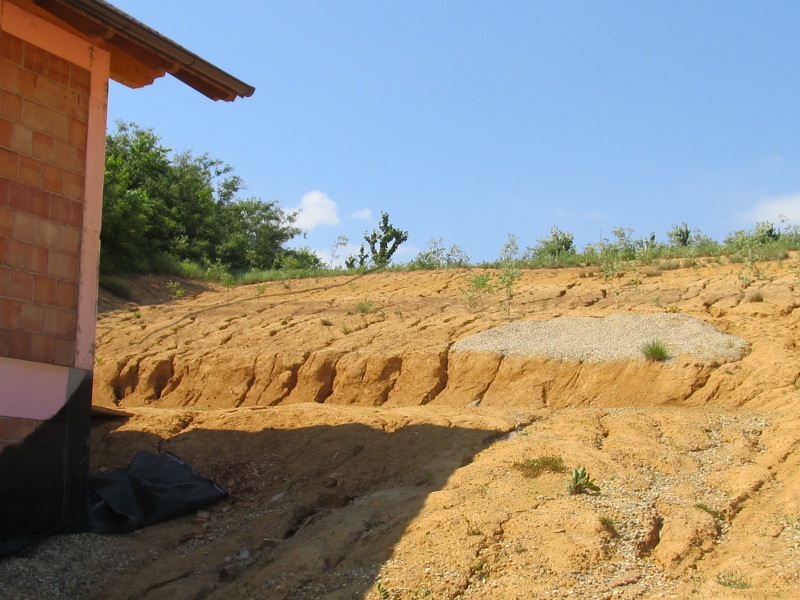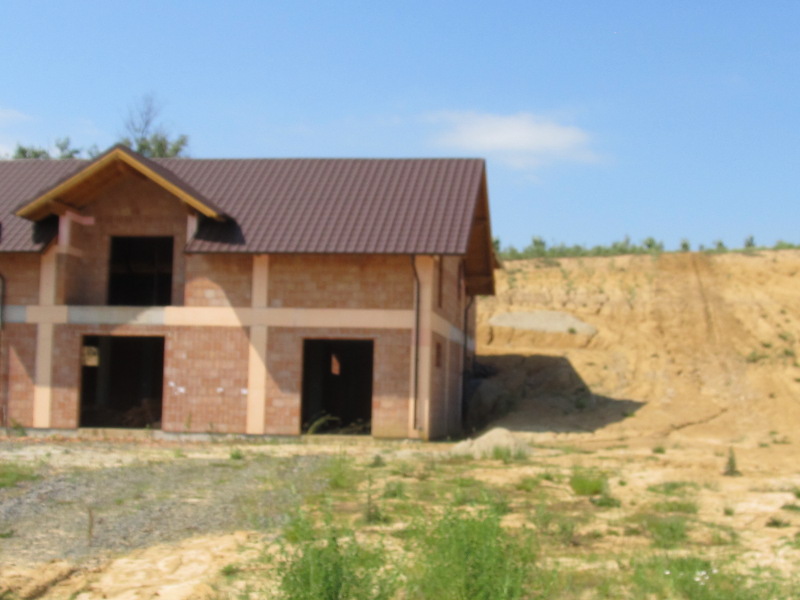Alternate names: Călineşti-Oaş [Rom], Kányaháza [Hun], Călineşti. 47°54' N, 23°18' E , 21 miles ENE of Satu Mare (Szatmár)tion, 20 miles S of Khust (Huszt).Jewish population: 108 (in 1880), 187 (in 1930).
- JewishGen Romania SIG
- JewishGen Hungary SIG
- Pinkas HaKehilot, Romania, Vol. 2 (1980), p. 231: "Calinesti".
- Encyclopedia of Jewish Life (2001), p. 231: "Calinesti (II)".
- Wikipedia
CEMETERY:
The cemetery is located in Calinesti Oas, 3924, judet Satu Mare, Romania at 4754 2318, 274.2 miles NNW of Bucharest and 16 km from Negresti Oas. The alternate name is Kanyahaza (Hungarian.) Present town population is 1,000-5,000 with no Jews.
- Mayor Copil Gheorghe, Town Hall of Calinesti Oas, judet Satu Mare
- The Jewish Community of Satu Mare, Decebal Str. no. 4A, 3900 Satu Mare, Romania, tel. 0040-61-713703
- The Federation of The Jewish Communities of Romania, Sf. Vineri Str. no. 9-11, sect. 3, Bucharest, Romania
- "Dr. Moshe Carmilly" Institute for Hebrew and Jewish History, Universitatii Str. no. 7-9, room 61, 3400 Cluj-Napoca, Romania, Director: Ladislau Gyemant, This email address is being protected from spambots. You need JavaScript enabled to view it.
- Key holder and caretaker: none
The 1880 Jewish population by census was 108, by 1900 census was 186, and in 1930 was 187. In May 1944, the Jews were gathered in the ghetto of Satu Mare and on May 19, 22, 26, 29, 30, 31, and June 1 were deported to Auschwitz. The unlandmarked Orthodox, Hasidic cemetery was established in second half of the 19th century. Last known burial was inter-war period.
The isolated hill and hillside has no sign or marker. Reached via private property, access is open to all. A fence with a non-locking gate surrounds the site. Approximate pre-WWII size is unknown. Approximate post-WWII size is 60 x 50 m. 1-20 stones are visible, not all in original location. 50%-75% of the stones are toppled or broken. Location of stones removed from the cemetery is unknown. Vegetation overgrowth in the cemetery is a seasonal problem preventing access. Water drainage is good all year.
No special sections. The oldest known gravestone dates from second half of the 19th century. The 19th and 20th century marble, granite, limestone, and concrete flat shaped and smoothed and inscribed common gravestones have Hebrew and Hungarian inscriptions. No known mass graves. The local Jewish community owns the property used for Jewish cemetery only. Adjacent properties are agricultural. Rarely, private Jewish or non-Jewish visitors stop at the never vandalized cemetery. No maintenance. No care now. No structures. Security is a moderate threat. Weather erosion is a moderate threat. Vegetation is a serious threat. The gravestones are almost covered by vegetation.
Claudia Ursutiu, Pietroasa Str. no. 21, 3400 Cluj Napoca, Romania, tel. 0040-64-151073 visited the site and completed the survey in July 2000 using the following documentation:
- Recensamantul din 1880. Transilvania coord.: Traian Rotariu, Cluj 1997.
- Recensamantul din 1900. Transilvania Traian Rotariu, Cluj, 1999
- Recensamantul general al populatiei din 29 decembrie 1930 (The General Census of the Population from December 29, 1930), vol. II, Bucuresti 1938
- Recensamintul general al populatiei din Romania din 7 ianuarie 1992 (The General Census of the Population of Romania from January 7, 1992), vol. I, Bucuresti, 1994
- Zsido Lexicon, ed. by Ujvari Peter, Budapest, 1929
- Carmilly-Weinberger, Moshe. History of the Jews of Transylvania (1623-1944), Bucuresti, 1994, in Romanian
- Izvoare si marturii referitoare la evreii din Romania (Sources and Testimonies on the Jews in Romania), vol. III/1-2, coord. L. Gyemant, L. Benjamin, Bucuresti, Ed. Hasefer, 1999
- Ladislau Gyemant, Evreii din Transilvania in epoca emanciparii, 1790-1867 (The Jews of Transylvania in the Age of Emancipation 1790-1867), Bucuresti, ed, Enciclopedica, 2000
- Coriolan Suciu, Dictionar istoric al localitatilor din Transilvania (The Historical Dictionary of Localities in Transylvania), vol. I-II, Bucuresti, 1967
- Otto Mitelstrass, Historisch-Landeskundlicher Atlas von Siebenburgen, Ortsnamenbuch, Heidelberg, 1992
- Microsoft Auto Route Express 1999
Claudia and Adrian Ursutiu interviewed Tarz Ana, Calinesti Oas. [January 2003]
[UPDATE] On 5 June 2015, I visited the Jewish cemetery at Calinesti-Oas, Romania, 47-54x23-18, (former Kanyahaza, Hungary). The village itself is no longer in its original location, which was inundated by the lake that was formed when the government constructed a dam on the Tur River. During my visit, I was accompanied by Mr. Paul Decsei, serving as my driver and interpreter (substituting for his father Mr. Nicolae Decsei, the guide for my trip), and Mr. Ioan Bojani, the Hebrew cemetery administrator for Satu Mare County. There is no sign on the road and the cemetery is not visible from the road. It is located adjacent to a house under construction and a "young" orchard to the rear of the house. The cemetery is surrounded by a wire mesh fence attached to posts, making entry difficult. To find the entrance, which is a gap in the fence, requires walking up hill around the construction site and down hill on ground plowed into large soil chunks, through tall grass and undergrowth. The cemetery site is covered with thick undergrowth of shrubs made impenetrable by sharp thorns. Visibility is no more than four or five meters. No gravestones were visible from the entry point. Allen Hausman
Photos courtesy This email address is being protected from spambots. You need JavaScript enabled to view it. [June 2015]




